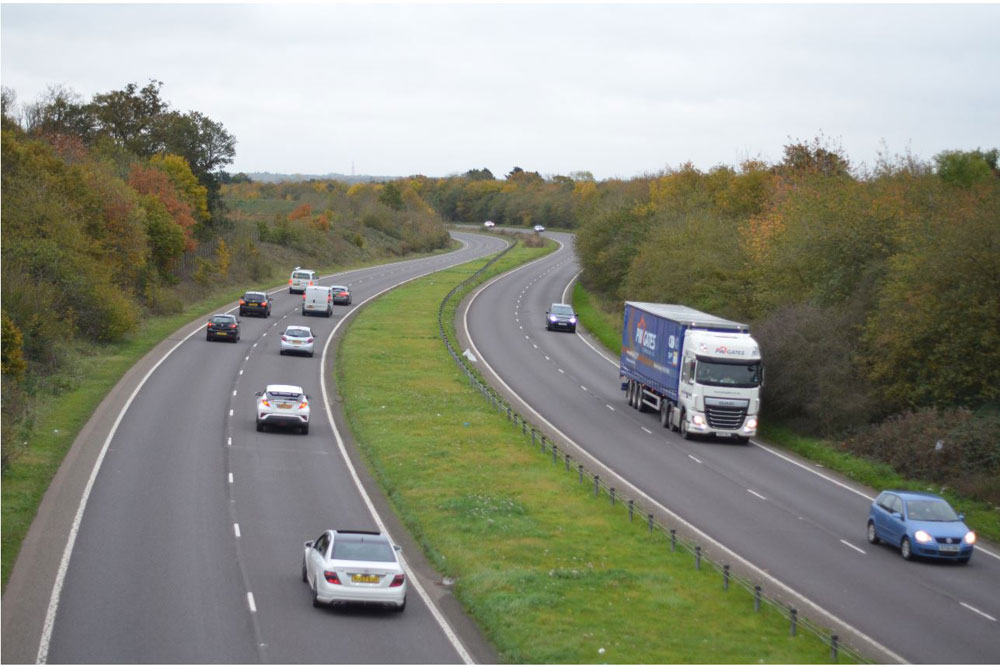
Most national governments are failing to significantly improve road safety due in part to an incomplete picture of the number of injuries and a lack of data on where and when incidents occurred, according to a new report.
The report, published by the European Transport Safety Council (ETSC), notes that most official statistics on road injuries in Europe are collated from police reports, but police can misjudge injury severity and rarely attend the vast majority of incidents involving pedestrians and cyclists when no motor vehicle was involved.
Although hospitals collect their own data on patients injured on the roads, governments often struggle to merge this information with police statistics to form a comprehensive picture of the scale of road injuries, the report continues.
Additionally, hospitals do not routinely collect information on where and when injuries occur, which the report says is essential to identifying high-risk sites that need upgrades to prevent future incidents. Police forces, on the other hand, ‘often have no clear knowledge of the severity of the injuries’.
According to official data, approximately 1,291,000 people are reported injured annually in the European Union, with 141,000 of these injuries being serious. However, this figure likely underestimates the true extent of the problem due to the reasons outlined above.
Comparisons between collision data in Czechia from the police database and the public health insurance system revealed that the police database contained only 43% of the injuries recorded by the public health insurance system.
A study in the Netherlands found that there was a police record for about 65% of those seriously injured in a collision with a motor vehicle involved, but only about 12% of those where no motor vehicle was involved.
Jenny Carson, project manager at the ETSC, said: “Every day, all over Europe, hundreds of people are seriously injured on our roads. Policymakers underestimate both the scale of the problem and the impact that these injuries can have.
“National governments need to work harder to improve the flawed system of relying extensively on police-reported data which gives a misleading picture of the full burden of road injuries on individuals, societies and our economies.”
Responding to the report, Ruth Purdie OBE, chief executive of The Road Safety Trust and UKROEd, said: “This report from the ESTC brings an important issue to the fore. It’s vital that we understand the full scope and scale of injuries caused by incidents on our roads if we are to create meaningful interventions that can save lives and prevent further harm.
“A more joined-up approach to data collection would be welcome to ensure that policymakers and road safety bodies have the best quality information to implement positive change and help achieve our vision of zero deaths and serious injuries on the UK’s roads.”
Comment on this story